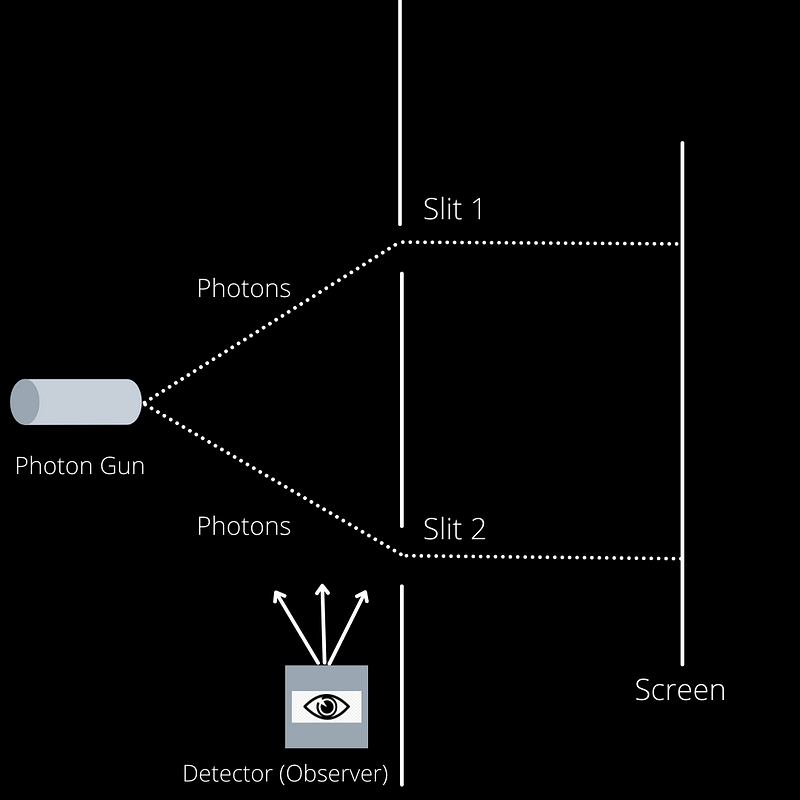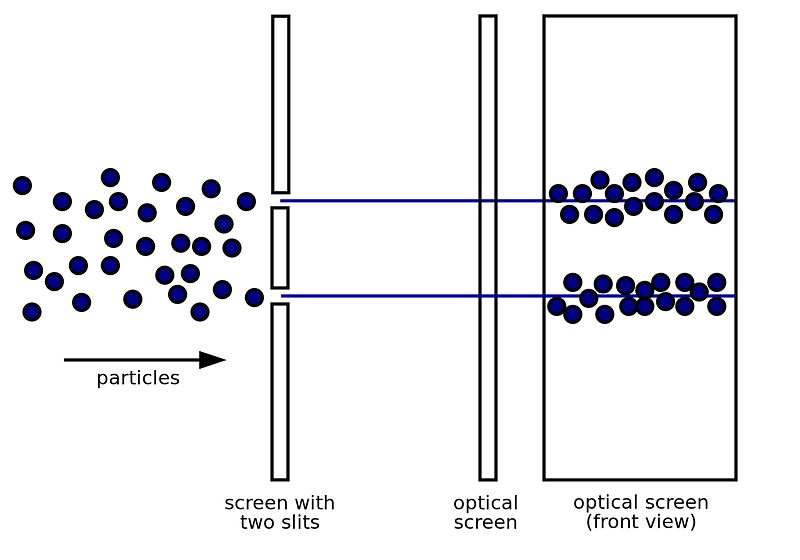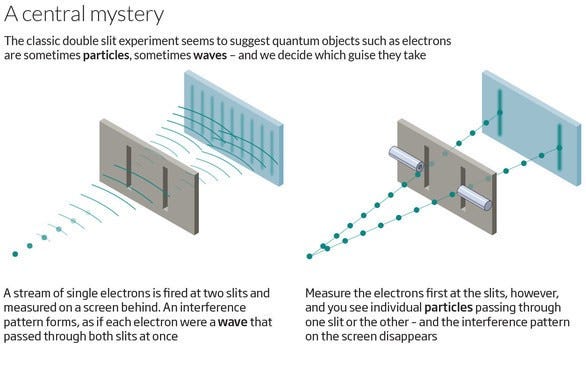# Does the Universe Exist Without Observers? Insights from Quantum Physics
Written on
Chapter 1: The Nature of Existence in Quantum Physics
In the realm of everyday thought, many people assume that the universe exists independently, regardless of our presence or observation. However, quantum physics presents a different perspective: a universe that can exist without observers is fundamentally inconceivable.
Initially, it seems logical to assume that the universe, which began billions of years ago, would persist autonomously. Yet, numerous experiments in quantum physics suggest a more complex relationship between observers and the universe.
In quantum theory, the role of observers is not merely passive but significantly influential. The principle of superposition posits that particles can occupy multiple locations and states simultaneously; however, the act of observation forces these particles to adopt specific positions or states, effectively collapsing their superposed state.
As noted by Discover Magazine regarding physicist John Wheeler, “The quest for an answer to that question inevitably entails wrestling with the implications of one of the strangest aspects of modern physics: According to the rules of quantum mechanics, our observations influence the universe at the most fundamental levels. The boundary between an objective 'world out there' and our own subjective consciousness that seemed so clearly defined in physics before the eerie discoveries of the 20th century blurs in quantum mechanics.
When physicists analyze the fundamental components of reality—atoms or photons—their observations dictate the behavior of these particles. For instance, an atom may behave like a wave or a particle based on how the experiment is set up. Thus, from a quantum standpoint, the universe is highly interactive.
Wheeler was an early proponent of the anthropic principle, suggesting that the universe and its laws are precisely tuned to allow life to flourish. More provocatively, he introduced the concept of "genesis by observership," arguing that our observations may actively shape physical reality. In Wheeler's view, we are not mere spectators on a cosmic stage; rather, we are integral participants in a universe that responds to our consciousness.
Chapter 2: The Double Slit Experiment Explained
To illustrate these concepts, let’s explore the classic double slit experiment along with Wheeler’s delayed-choice experiment in straightforward terms, avoiding technical jargon.
These experiments collectively demonstrate that quantum particles, such as electrons and photons, exhibit wave-particle duality—acting as either a particle or wave based on the method of observation.
The classic double slit experiment utilizes a photon or electron source, two slits, and a detection screen.

There are two variations of this experiment: one with photon detectors and one without, essentially comparing scenarios with and without observers.
When photon detectors are placed next to each slit and observations are made, photons behave like particles, traveling through either slit and striking the screen accordingly.

In contrast, when detectors are absent, a peculiar pattern emerges on the screen, showcasing alternating light and dark bands characteristic of wave behavior.

Chapter 3: Wheeler’s Delayed-Choice Experiment
Wheeler's delayed-choice experiment builds on these principles by posing the question: "At what moment does a particle 'decide' to be a particle or a wave?" Although Wheeler's original setup was theoretical, advancements in technology allowed physicists at the Australian National University in 2015, led by Dr. Andrew Truscott, to successfully conduct this experiment using helium atoms.
Truscott's team transformed a hundred helium atoms into a state known as Bose-Einstein Condensate and isolated a single atom for measurement. They employed a 'grating' system to scatter the atom using laser light and used two gates to evaluate its behavior.
The solitary atom could either act like a particle, passing through one slit, or exhibit wave-like behavior by passing through both. A second grating system was introduced after the initial measurement to gauge its state. The results showed interference, indicating wave behavior, while the absence of the second grating led the atom to behave like a particle.
According to Truscott, “The atoms did not travel from A to B. It was only when they were measured at the end of the journey that their wave-like or particle-like behavior was brought into existence.”
The findings imply that the atom does not 'decide' its form until the final measurement is made, reinforcing the idea that the nature of quantum particles is contingent on observation.
Chapter 4: The Implications of Quantum Observation
Wheeler's theories and subsequent experiments suggest that the particle's wave-like or particle-like properties cannot be determined until an observation occurs. This aligns with Niels Bohr's assertion that discussing the wave or particle nature of light and matter prior to measurement is nonsensical.
In essence, without observation, particles cannot exist as either waves or particles. This further supports the notion that, at least at the quantum level, the universe may not exist in a defined state without the presence of observers.
The relationship between consciousness and this phenomenon is a subject for further exploration, as is the understanding of time within the quantum framework. For additional insights, readers may refer to my earlier series, "Exploring Reality," which delves into how consciousness shapes our experiences.
For now, this serves as a foundational understanding of the question: “Does the universe exist if we aren’t there to observe it?”
